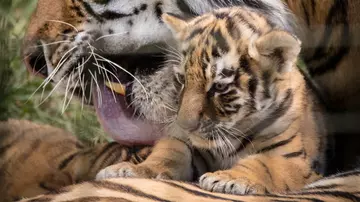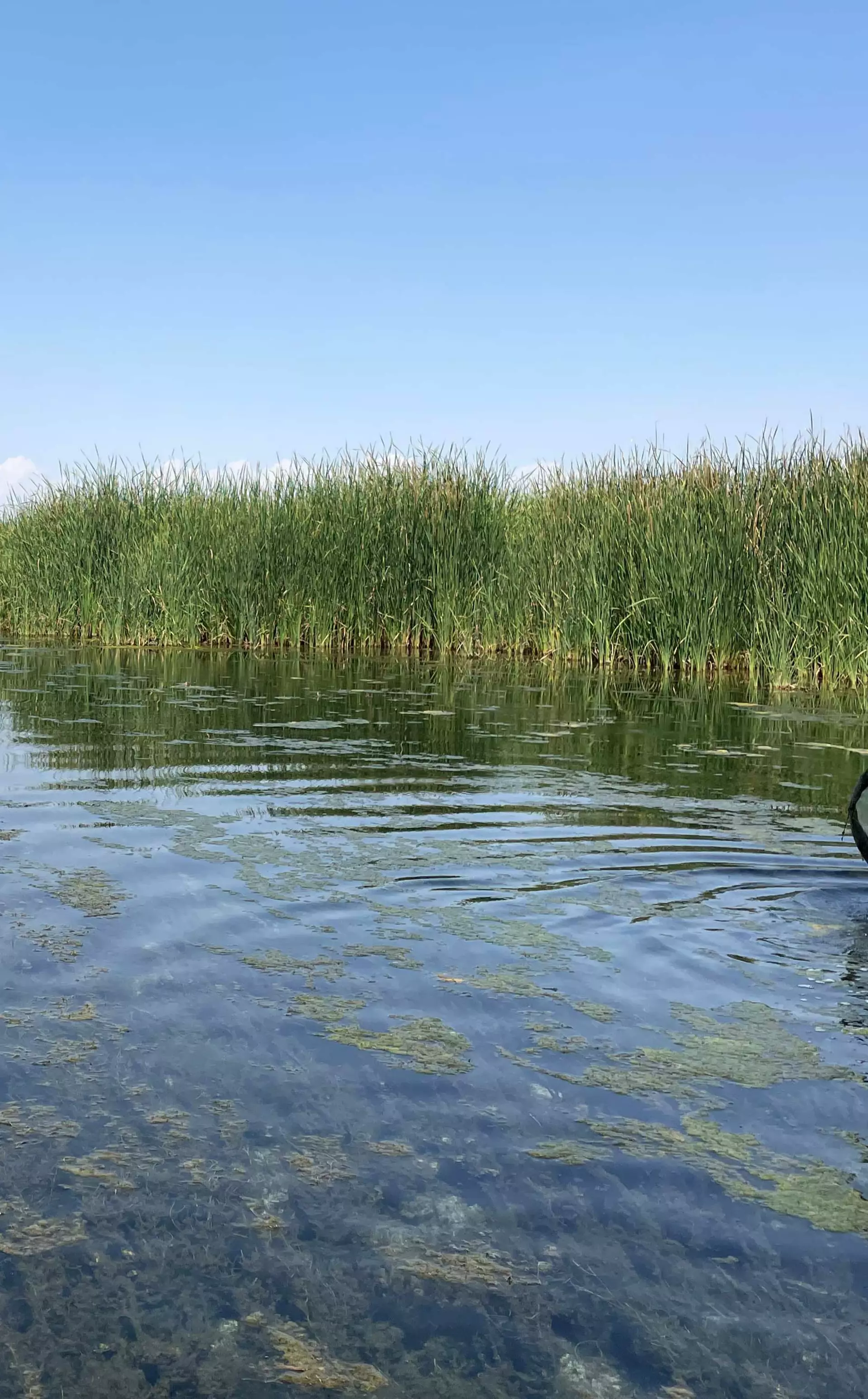In Role of the Modern Zoo students explore how zoos have changed over the last two centuries and what their place is in modern society.
Using ZSL's zoos as a case study, they will discover how zoos are working to protect wildlife all around the world and bring species back from the brink of extinction.
They will see how this purpose shapes the key activities that zoos engage in, including public engagement, scientific research, conservation breeding programmes and wildlife reintroductions, and will try their hand at a number of key decisions that are made within these areas.
| Age: Post 16 |
Duration: 55mins |
Capacity: 35 students |
Location: Indoors |
Intended learning outcomes:
Students will be able to:
- Gain an understanding of how zoos work to conserve endangered species through scientific research; captive breeding programmes; reintroduction programmes and education
- Identify different biological methods that zoos use to help conserve animals and their habitats
- Explain why different species may be housed in zoos
- Outline the different factors that need to be considered when running a breeding programme, including an animals family tree and its health history
Additional Resources:
Support your students' learning before, during and after thier visit with our Online Teaching Resources


